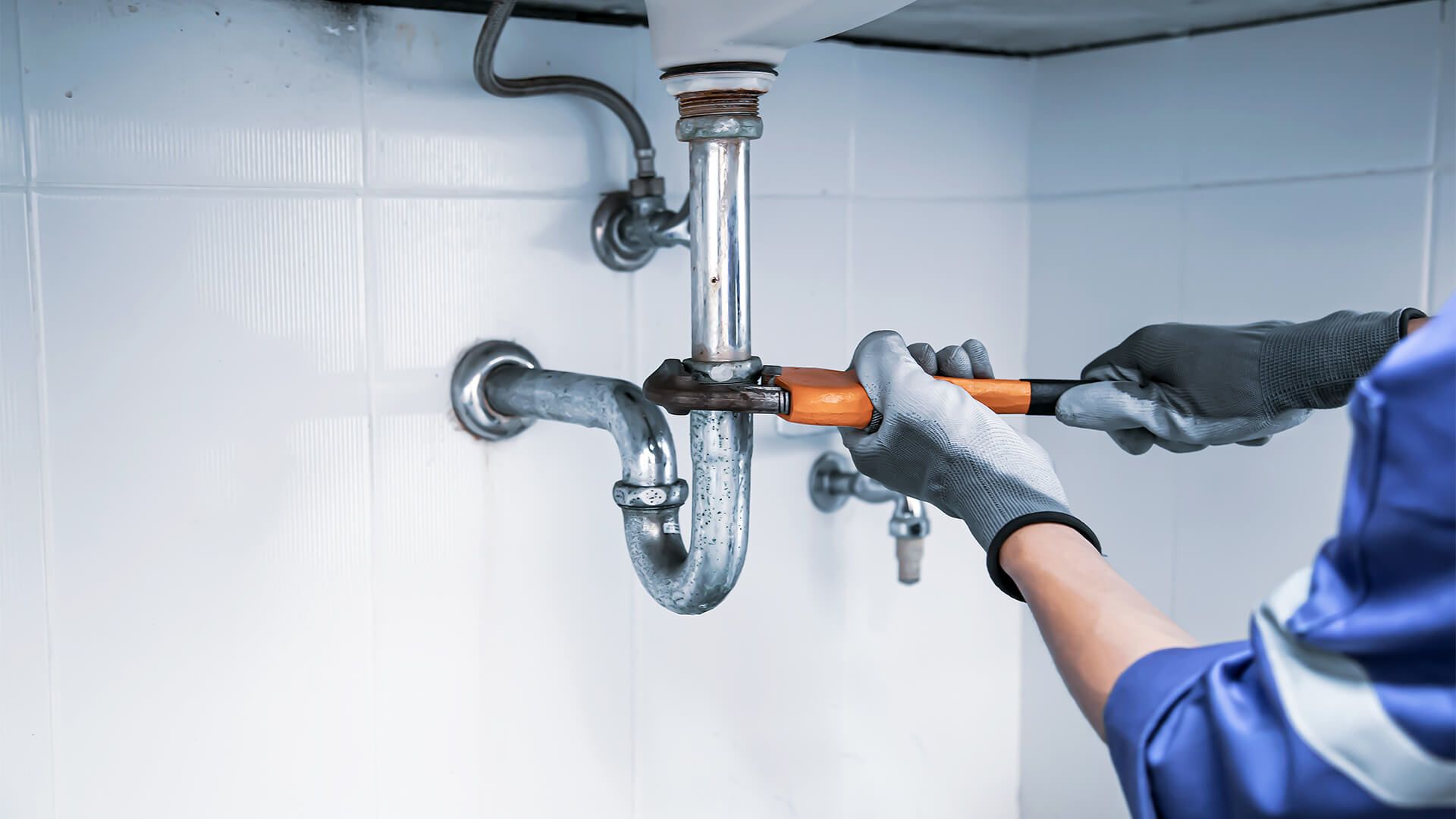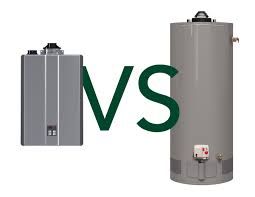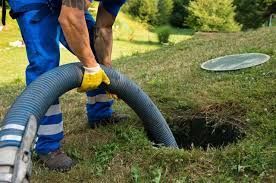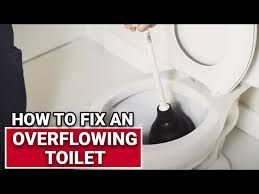How to Snake a Drain DIY
Maintaining clear drains is essential for a smoothly running household, and knowing how to snake a drain yourself can save you both time and money. Whether it's a slow-draining sink or a completely clogged shower, a DIY approach can often resolve the issue without the need for a plumber. In this guide, we'll walk you through the process of snaking a drain, providing you with the tools, techniques, and tips needed to tackle those stubborn clogs effectively.
Reach out to All City Plumbers for Drain Clearing services!
Types of Drains That Can Be Snaked
Understanding the types of drains that can be snaked is crucial for effectively addressing blockages. Common household drains suitable for snaking include kitchen sinks, bathroom sinks, showers, bathtubs, and toilets. Kitchen sinks often face clogs from grease and food particles, while bathroom drains typically deal with hair and soap scum. Showers and bathtubs can get clogged with hair and bathing products, and toilets can experience blockages from excessive toilet paper or non-flushable items. Knowing which drain you're dealing with helps you choose the right tools and methods for a successful DIY unclogging.
Tools and Materials Needed
Drain Snake: Choose a suitable drain snake or auger. Options include handheld augers for sinks and toilets or motorized snakes for tougher clogs.
Work Gloves: Protect your hands with durable work gloves, especially when handling dirty or potentially sharp objects.
Safety Goggles: Wear safety goggles to shield your eyes from any splashes or debris that may occur during the snaking process.
Bucket: Have a bucket nearby to catch any water or debris that comes out of the drain.
Old Towels or Rags: Keep old towels or rags handy to wipe up spills and to protect surrounding areas from water or sewage.
Flashlight: A flashlight will help you see inside the drain and inspect for any blockages or objects causing the clog.
Plumber's Tape: Use plumber's tape to seal any leaks or connections if you need to disassemble parts of the plumbing.
Hex Key or Screwdriver: Depending on your drain type, you may need a hex key or screwdriver to remove the drain cover or access panel.
Preparing for the Task
Before you start snaking your drain, it's essential to prepare adequately for the task. Here are the steps to get ready:
- Clear the Area: Ensure there is ample space around the drain you intend to snake. Remove any obstacles or items that might hinder your access or movement.
- Gather Tools and Materials: Double-check that you have all the necessary tools and materials listed earlier, including the drain snake, gloves, safety goggles, bucket, towels or rags, flashlight, plumber's tape, and any specific tools required for your drain type.
- Protective Measures: Put on your work gloves and safety goggles to protect yourself from debris, splashes, and potential contaminants.
- Turn Off Appliances: If you're snaking a kitchen or bathroom sink, turn off the water supply to the faucet. For toilets, turn off the water valve located near the base of the toilet and flush to drain any remaining water from the tank and bowl.
- Inspect the Drain: Use a flashlight to inspect the drain opening. Look for visible debris or blockages near the surface that you may be able to remove manually before using the drain snake.
- Prepare the Work Area: Lay down old towels or rags around the drain to catch any spills or drips. This will help protect your floors and surfaces from water and sewage.
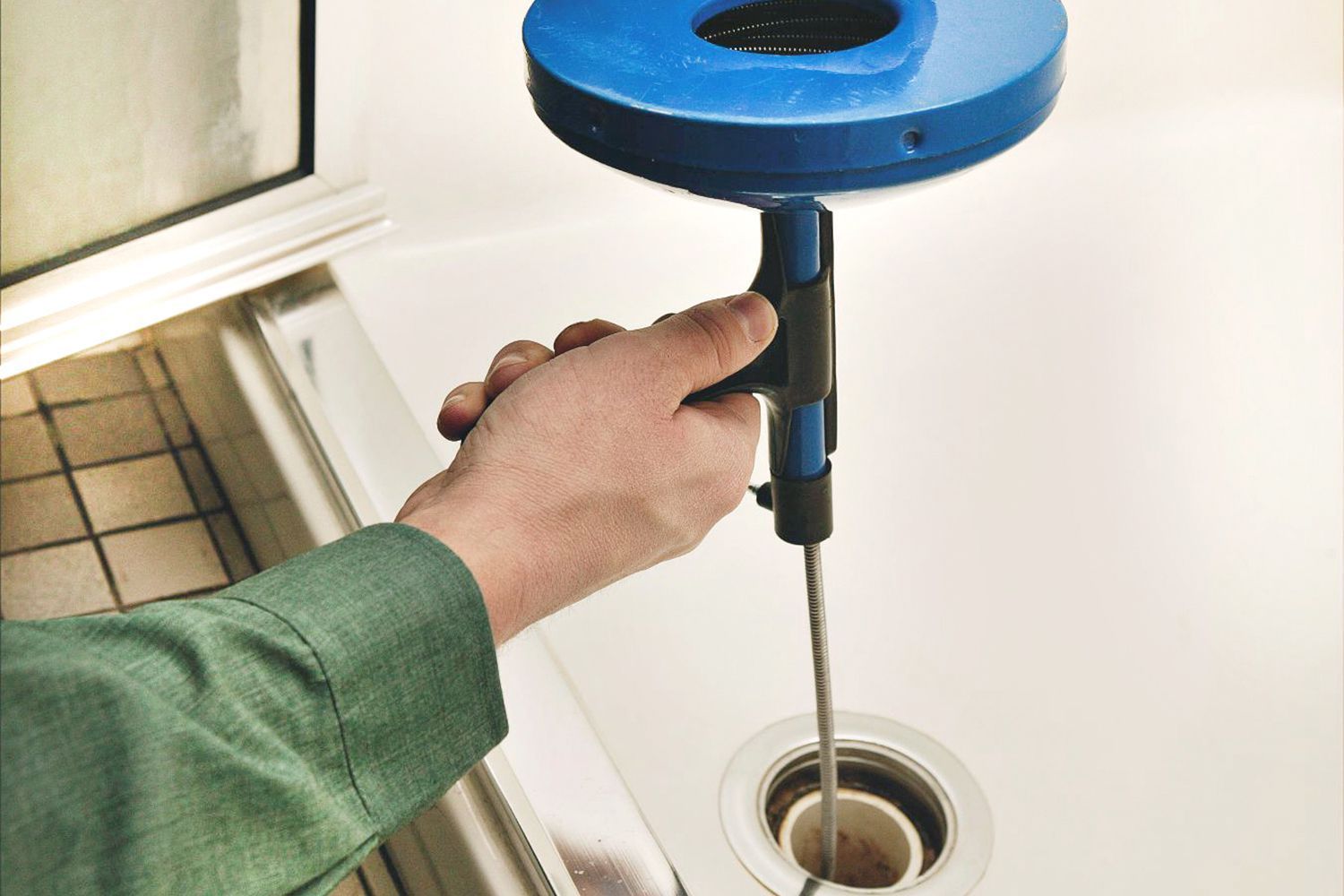
Methods for Snaking a Drain
Manual Drain Snake Method: Using a manual drain snake involves inserting a flexible cable into the drain and rotating it manually to break up and clear the clog. This method is effective for minor to moderate clogs and allows you to control the force applied to dislodge blockages. It's versatile and can be used in various types of drains, including sinks, showers, and tubs.
Electric Drain Snake Method: An electric drain snake, also known as a power auger, is a motorized tool that rapidly rotates a flexible cable to clear stubborn clogs deep within the drain pipe. This method is particularly effective for tough clogs and larger drain pipes, such as main sewer lines. Electric drain snakes are powered by electricity or batteries, providing more force and efficiency compared to manual methods.
Coat Hanger Method: The coat hanger method is a DIY approach using a wire coat hanger straightened out and shaped into a hook at one end. It's useful for retrieving debris or hair clogs close to the drain opening, such as in bathroom sinks or tubs. Insert the hooked end into the drain and maneuver it to catch and pull out the obstruction, allowing water to flow freely again.
Step-by-Step Guide to Snaking a Drain
Gather Your Tools and Materials: Before starting, gather the necessary tools and materials, including a manual or electric drain snake, work gloves, bucket, flashlight, and possibly a wrench to remove the drain cover if needed.
Prepare the Area: Lay down old towels or newspaper around the drain to catch any water or debris that may come out during the unclogging process. This helps prevent mess and makes cleanup easier.
Remove the Drain Cover (if applicable): Use a screwdriver or wrench to remove the drain cover. Set it aside in a safe place where it won’t get lost.
Insert the Drain Snake:
For manual drain snakes:
- Extend the cable of the drain snake and insert it into the drain slowly.
- Rotate the handle clockwise as you push the snake further into the drain. This helps the snake navigate through bends and obstructions.
- Continue feeding the snake into the drain until you feel resistance.
For electric drain snakes:
- Attach the appropriate auger head to the end of the electric drain snake.
- Power on the device and slowly feed the auger into the drain while keeping a firm grip on the machine.
Break Up the Clog:
- Once you feel resistance, rotate the snake or turn on the electric drain snake to break up the clog. For manual snakes, use steady pressure and rotate the handle to navigate the snake through the obstruction.
- Electric drain snakes will automatically rotate the auger head to clear the clog. Be cautious not to force the snake too aggressively to avoid damaging the pipes.
Retrieve Debris (if possible):
- If using a manual snake, slowly withdraw it from the drain while continuing to rotate the handle. This action helps to catch and pull out the dislodged debris.
- For electric drain snakes, retract the auger carefully to ensure any dislodged material comes out with the snake.
Flush the Drain:
- After successfully clearing the clog, flush the drain with hot water to wash away any remaining debris and to ensure the drain is clear.
- Replace the drain cover securely if you removed it earlier.
Clean Up:
- Dispose of any collected debris properly and clean the area around the drain.
- Wash and sanitize your tools, particularly if they came into contact with dirty water or debris.
Test the Drain:
- Turn on the faucet or shower and observe how well the water drains. If the water flows freely without pooling, you've successfully cleared the clog.
Troubleshooting Common Issues
Incomplete Clearing of Clog: If the drain remains slow or clogs again shortly after snaking, the obstruction may not have been fully cleared. Repeating the snaking process or using a different method might be necessary.
Unpleasant Odors: Persistent odors from the drain could indicate a deeper issue, such as a biofilm buildup or debris further down the pipe. Consider using enzymatic cleaners or consulting a plumber for further inspection.
Water Backup: If water continues to back up into the sink or shower, it might indicate a more significant blockage further down the drain line or even a problem with the main sewer line. In such cases, professional assistance may be required to assess and resolve the issue.
Damaged Pipes: Aggressive snaking or using improper tools can sometimes damage pipes, leading to leaks or further blockages. If you notice leaks or hear unusual sounds after snaking, it's essential to inspect the pipes and consider professional repair if necessary.
Repeated Clogs: Frequent clogging may indicate underlying issues such as tree root intrusion, structural damage, or improper drainage design. In these cases, a plumber can conduct a more thorough inspection and recommend appropriate solutions.
Safety Concerns: Always prioritize safety when troubleshooting drain issues. Avoid using harsh chemicals or excessive force that could damage pipes or pose health risks. If uncertain, consult a licensed plumber for guidance.
Conclusion:
In conclusion, knowing how to troubleshoot common issues after snaking a drain empowers you to maintain smooth drainage and prevent potential plumbing emergencies. By following the steps outlined and staying vigilant for signs of recurring problems, you can effectively manage most drainage issues on your own. However, for persistent or complex issues, it's always wise to seek professional assistance to ensure the long-term health of your plumbing system. Remember, proactive maintenance and prompt attention to drainage issues contribute significantly to the overall functionality and durability of your home's plumbing infrastructure.
Read more about how to unclog a shower drain with standing water!

